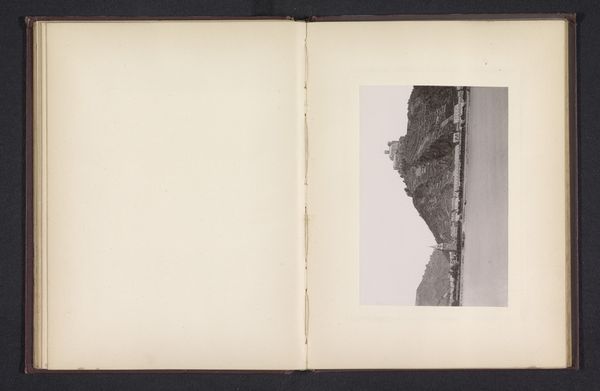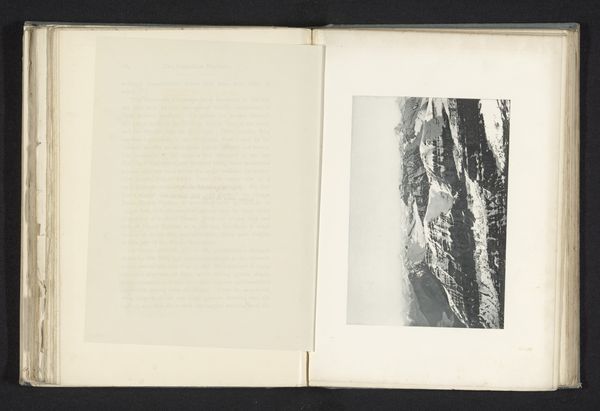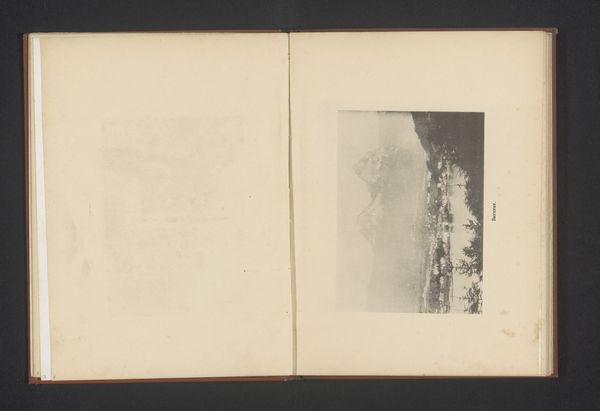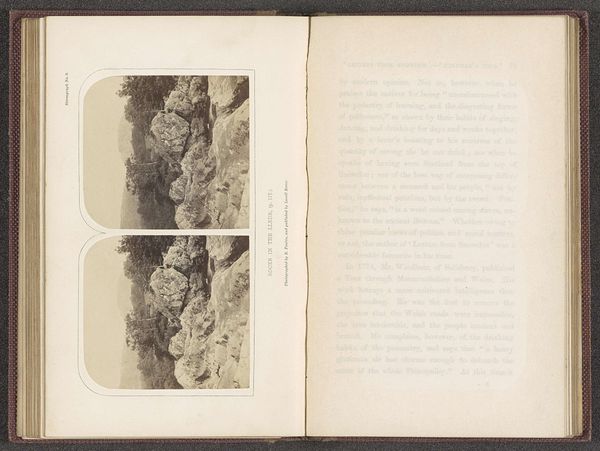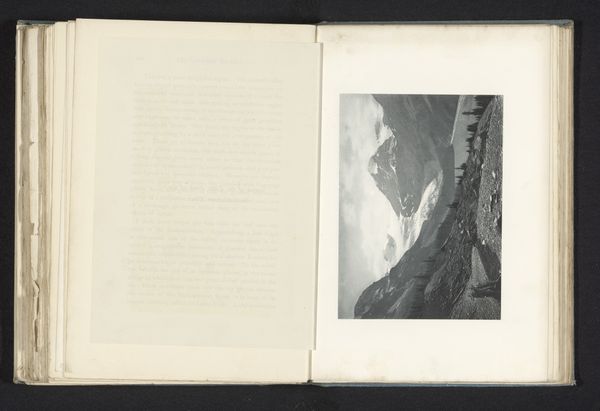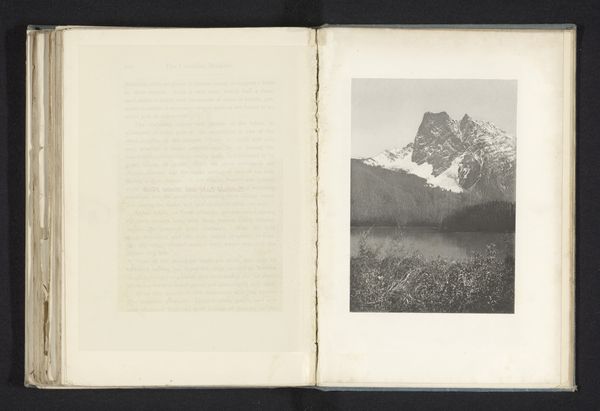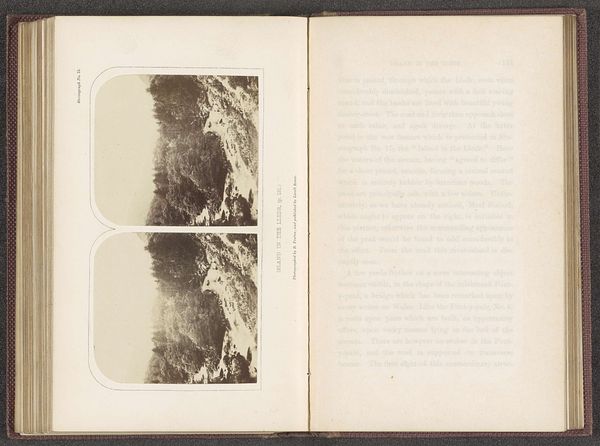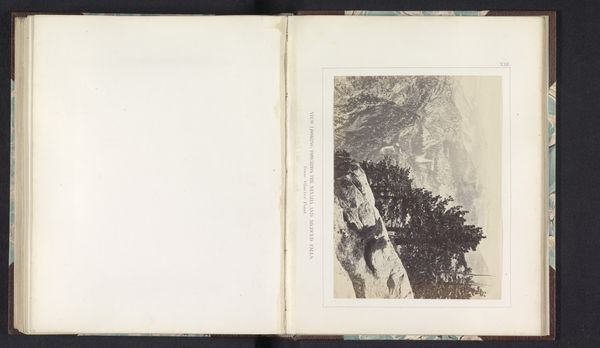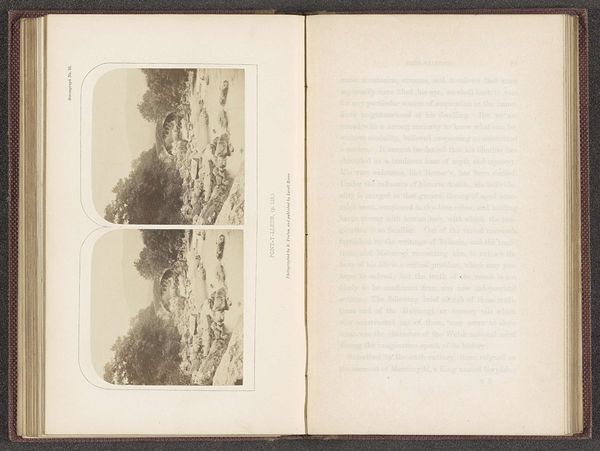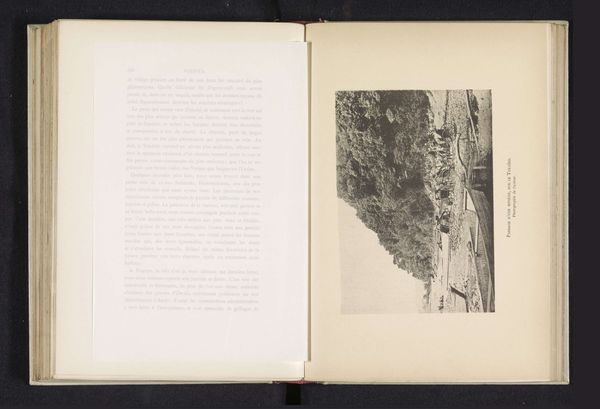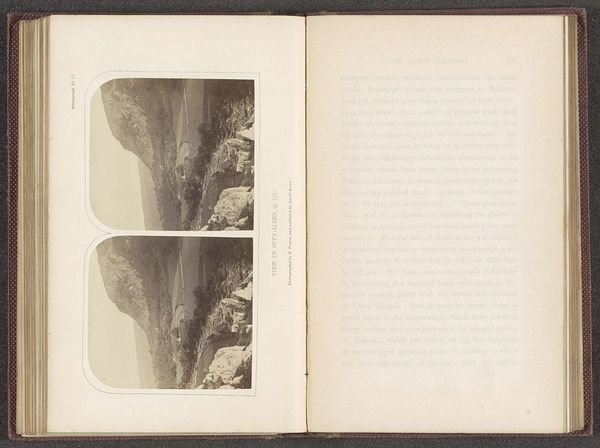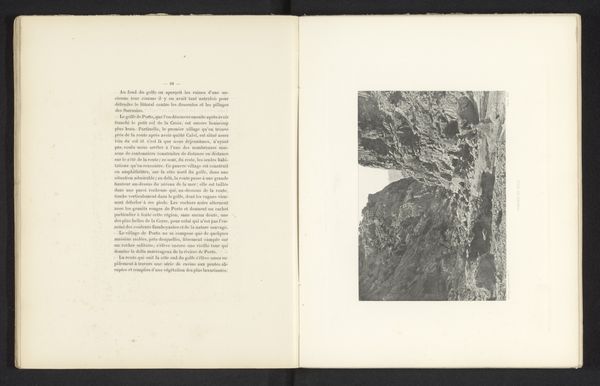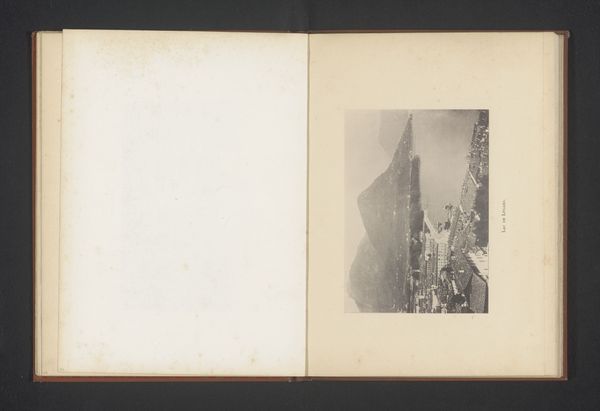
print, photography, albumen-print
# print
#
asian-art
#
landscape
#
photography
#
orientalism
#
albumen-print
Dimensions: height 117 mm, width 148 mm
Copyright: Rijks Museum: Open Domain
Editor: So, this is an albumen print photograph entitled "Nagasaki," dating back to before 1884, by an anonymous photographer. It has such a stillness, despite what must have been a bustling port. What do you see when you look at this image? Curator: As a materialist, I find myself drawn to the albumen printing process itself. Consider the social context: albumen, derived from egg whites, becoming a crucial element in image production. Think about the labor involved, the sheer scale of egg production needed to supply these early photographic studios! Who were the people collecting those eggs? Where did they live? How much were they paid? The finished print masks those human stories, and our focus must always shift from the aesthetic to the tangible means of production. Editor: That’s… a very different angle than I expected! I was focused on the Orientalist gaze of the landscape itself. Curator: Precisely! The very act of documenting Nagasaki, packaging it for Western consumption, raises questions about power dynamics and trade. The photograph isn't simply a neutral record; it's a commodity, consumed within a specific colonial framework. What narratives were omitted in favor of this picturesque scene? What forms of local labor facilitated it’s creation? The history in how it was crafted adds such a significant, sobering lens. Editor: I hadn’t thought about it that way. I suppose it’s easy to get lost in the visual appeal and forget about the underlying economics and material reality. Curator: Exactly! And that reality is crucial to understanding the image’s true meaning and its role within its historical moment. Considering those layers shifts the dialogue, doesn’t it? Editor: Absolutely. I’ll never look at old photos the same way again.
Comments
No comments
Be the first to comment and join the conversation on the ultimate creative platform.
